The discoveries made by pharmacists
 Bashny.Net
Bashny.Net
We all have to pharmacists effective medicines and medical devices, a faster recovery and wellness.
But today, goes the story of those inventions of pharmacists, which we use every day, but did not know what to thank for their creation we have just pharmacists.
So, what non-medical, but it is extremely important and useful invented outstanding pharmacists past.
10 ph + letter.
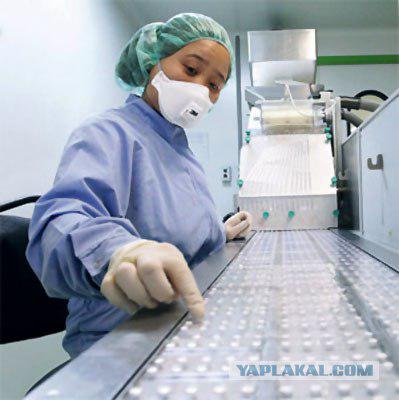
1. Matches
English pharmacist John Walker invented the match by chance.
In 1826, he mixed chemicals with a stick. At the end of the stick form a dried droplet. To remove it, he struck his stick on the floor. Fire broke out! Like all unsophisticated web browsers, he had not bothered to patent his invention, and showed it to all comers. A guy named Samuel Jones was present at this demonstration and realized market value of the invention. He called the match "lyutsiferchiki" and began to sell them tons.
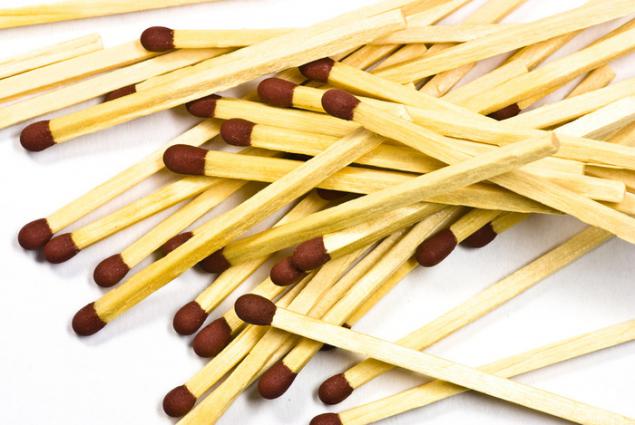
2. Coca-Cola
In 1886, the doctor and pharmacist John Pemberton prepared a medicine based on extracts from the leaves of the South American coca plant and African kola nuts, has tonic properties. Medicine has a pleasant taste and the assurances of Pemberton helps people suffering from stress, fatigue and toothache. The pharmacist took the syrup into the largest pharmacy of the city of Atlanta. On the same day we sold the first batch of syrup for five cents a glass.
However, the drink Coca-Cola was the result of negligence. Accidentally dealer, diluted syrup, mixed Cranes and poured soda instead of the ordinary. The resulting mixture and was "Coca-Cola».
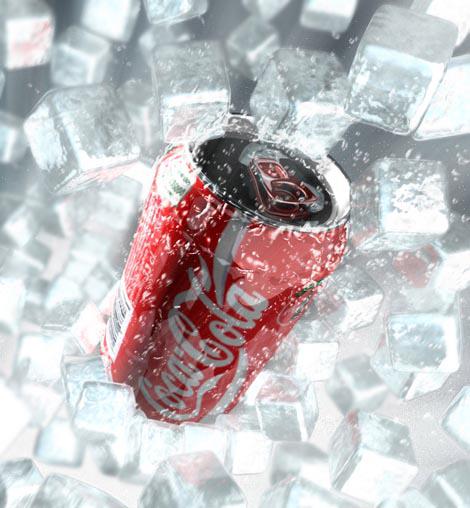
3. Artificial sweeteners
History of the discovery of artificial sweeteners cyclamate in 1937 and aspartame in 1965 are very similar, they also invented pharmacists:
Both compounds were synthesized during research for the production of medicines, and their sweet taste, scientists discovered accidentally licked his finger, which was a bit of sweetener of the future.
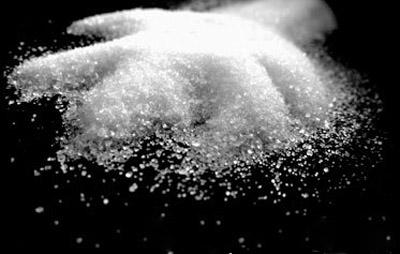
4. Oil lamp
Kerosene lamp invented by a Polish pharmacist Ignacy Lukasiewicz (1822 - 1882), a pioneer in the world of research in the field of oil refining.
Lukasiewicz conducted research on the distillation of crude oil and after many failed attempts with the use of oil in oil lamps designed a prototype of a kerosene lamp. The lamp was made of tin and had the shape of a cylindrical tube, performs the function of a small tank of oil. The upper part of the cylinder was provided with a transparent window of mica. To ensure access of air to the fire in the chimney holes have been made above and below the flame. Burner lamp was wick, the bottom of which was immersed in a tank of oil.
It is noteworthy that July 31, 1853 kerosene lamps was clarified operating room hospital in Lviv, which allowed doctors to make urgent surgery during the night.
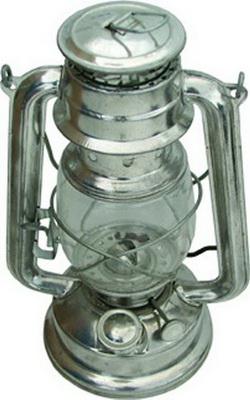
5. Potatoes - food!
Antoine-Auguste Parmentier (1737-1813) - French Pharmacist and agronomist, famous primarily as an active promoter of potato cultivation in Europe as a food crop.
Parmentier discovered that the potato is safe for health and has high taste and nutritional qualities; largely due to his efforts, the Paris Faculty of Medicine announced in 1772 edible potatoes.
Then Parmentier potatoes engaged in a broad propaganda among the French by actively using all sorts of publicity stunts, later included in the legend. He gave "potato" dinners, at which invited celebrities such as Benjamin Franklin, brought a royal couple bouquets of flowers potatoes.
He also held his first campaign in the history of mandatory vaccinations for smallpox, invented the technology to produce sugar from sugar beets, founded a school Bakery and contributed to the study of methods of freezing and preserving food.

6. Plasters
In 1882 pharmacist Paul Carl Boyersdorf paid on a piece of linen cloth natural rubber, pine resin and zinc oxide - as was invented by a band-aid.
It was a truly revolutionary invention - in fact the world's first bactericidal plaster has been the ability of wounds to heal without causing further infection or skin irritation. The patch was immediately patented and became the first brick in the foundation of the new company Beiersdorf.
In further studies, the developer was able to neutralize the irritating effect of conventional plaster, adding its composition zinc oxide, which also gave a modern white plaster.
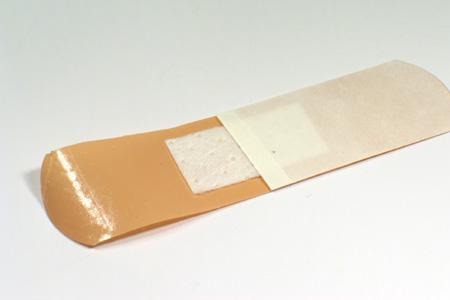
7. Galvanized
Joan Wilhelm Ritter (Johann Wilhelm Ritter) (1776-1810), working as a pharmacist, he studied chemical substances and found (1800) the possibility of plating. He opened (1801), that the silver chloride decomposes under the action of light, decomposes rapidly under the influence of invisible radiation beyond the violet region of the spectrum. Invented (1802) dry cells and an electric battery (1803).
Through his discovery of electroplating, now a thin layer of metal covered by a variety of products - from car parts to jewelry.

8. Margarine
Margarine firmly entrenched in our daily lives. However, it was not always as a substitute for butter, this appeared only in 1869
The inventor of margarine Hippolytus was a French pharmacist Inter-Mourier (1817-1880) - the task of inventing a product, "in no way inferior in taste butter, but more economical," he put the Emperor Napoleon III.
Received Inter-Mourier artificial oil received the French name "margarine", from the Greek word "margaron", which means "pearl" because it resembled the color. Despite some improvements in technology, the basic principles of the method Inter-Mourier retained its importance until now!
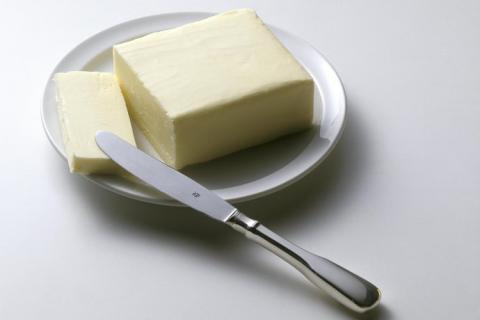
9. Mascara
Mascara was invented in 1913 by pharmacist, TL Williams for his sister Mabel.
At the beginning of ink was a mixture of coal dust with Vaseline.
At the time, ink was dry consistency - it consisted of colorants and carnauba wax. Ink is rubbed with a damp brush, comb, picking at her teeth brush and then apply mascara on the lashes.
Ink has been successfully tested in Mabel, and Williams began to sell the new product by mail. He named his company «Maybelline» - combining the name of his sister (Mabel) and the word jelly (Vaseline), which eventually became a leading cosmetics company.
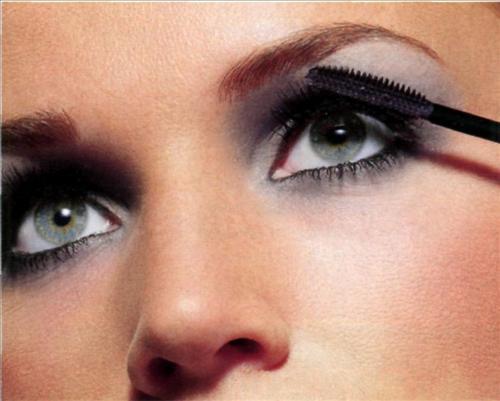
10. Infant formula
Now nobody will be surprised infant formula. However, these compounds have appeared only in the second half of the XIX century. thanks to the efforts of the pharmacist Henri Nestle (1814-1890), who in his pharmacy began experimenting with different mixtures, especially in the field of breast milk substitutes. While alternatives to breastfeeding was not, and many babies just died, having lost, for various reasons, the mother's milk. At the end of the 60s. XIX century. Heinrich Nestle managed to create a milk infant formula based on wheat flour, cow's milk and sugar. He called this mixture "Heinrich Nestle milk flour", which will soon come in handy. One of the women gave birth to a premature baby who was not nor female, or cow, or goat, or any other milk. The baby was doomed to starvation - but was saved thanks to a new invention.
Source:
But today, goes the story of those inventions of pharmacists, which we use every day, but did not know what to thank for their creation we have just pharmacists.
So, what non-medical, but it is extremely important and useful invented outstanding pharmacists past.
10 ph + letter.

1. Matches
English pharmacist John Walker invented the match by chance.
In 1826, he mixed chemicals with a stick. At the end of the stick form a dried droplet. To remove it, he struck his stick on the floor. Fire broke out! Like all unsophisticated web browsers, he had not bothered to patent his invention, and showed it to all comers. A guy named Samuel Jones was present at this demonstration and realized market value of the invention. He called the match "lyutsiferchiki" and began to sell them tons.

2. Coca-Cola
In 1886, the doctor and pharmacist John Pemberton prepared a medicine based on extracts from the leaves of the South American coca plant and African kola nuts, has tonic properties. Medicine has a pleasant taste and the assurances of Pemberton helps people suffering from stress, fatigue and toothache. The pharmacist took the syrup into the largest pharmacy of the city of Atlanta. On the same day we sold the first batch of syrup for five cents a glass.
However, the drink Coca-Cola was the result of negligence. Accidentally dealer, diluted syrup, mixed Cranes and poured soda instead of the ordinary. The resulting mixture and was "Coca-Cola».

3. Artificial sweeteners
History of the discovery of artificial sweeteners cyclamate in 1937 and aspartame in 1965 are very similar, they also invented pharmacists:
Both compounds were synthesized during research for the production of medicines, and their sweet taste, scientists discovered accidentally licked his finger, which was a bit of sweetener of the future.

4. Oil lamp
Kerosene lamp invented by a Polish pharmacist Ignacy Lukasiewicz (1822 - 1882), a pioneer in the world of research in the field of oil refining.
Lukasiewicz conducted research on the distillation of crude oil and after many failed attempts with the use of oil in oil lamps designed a prototype of a kerosene lamp. The lamp was made of tin and had the shape of a cylindrical tube, performs the function of a small tank of oil. The upper part of the cylinder was provided with a transparent window of mica. To ensure access of air to the fire in the chimney holes have been made above and below the flame. Burner lamp was wick, the bottom of which was immersed in a tank of oil.
It is noteworthy that July 31, 1853 kerosene lamps was clarified operating room hospital in Lviv, which allowed doctors to make urgent surgery during the night.

5. Potatoes - food!
Antoine-Auguste Parmentier (1737-1813) - French Pharmacist and agronomist, famous primarily as an active promoter of potato cultivation in Europe as a food crop.
Parmentier discovered that the potato is safe for health and has high taste and nutritional qualities; largely due to his efforts, the Paris Faculty of Medicine announced in 1772 edible potatoes.
Then Parmentier potatoes engaged in a broad propaganda among the French by actively using all sorts of publicity stunts, later included in the legend. He gave "potato" dinners, at which invited celebrities such as Benjamin Franklin, brought a royal couple bouquets of flowers potatoes.
He also held his first campaign in the history of mandatory vaccinations for smallpox, invented the technology to produce sugar from sugar beets, founded a school Bakery and contributed to the study of methods of freezing and preserving food.

6. Plasters
In 1882 pharmacist Paul Carl Boyersdorf paid on a piece of linen cloth natural rubber, pine resin and zinc oxide - as was invented by a band-aid.
It was a truly revolutionary invention - in fact the world's first bactericidal plaster has been the ability of wounds to heal without causing further infection or skin irritation. The patch was immediately patented and became the first brick in the foundation of the new company Beiersdorf.
In further studies, the developer was able to neutralize the irritating effect of conventional plaster, adding its composition zinc oxide, which also gave a modern white plaster.

7. Galvanized
Joan Wilhelm Ritter (Johann Wilhelm Ritter) (1776-1810), working as a pharmacist, he studied chemical substances and found (1800) the possibility of plating. He opened (1801), that the silver chloride decomposes under the action of light, decomposes rapidly under the influence of invisible radiation beyond the violet region of the spectrum. Invented (1802) dry cells and an electric battery (1803).
Through his discovery of electroplating, now a thin layer of metal covered by a variety of products - from car parts to jewelry.

8. Margarine
Margarine firmly entrenched in our daily lives. However, it was not always as a substitute for butter, this appeared only in 1869
The inventor of margarine Hippolytus was a French pharmacist Inter-Mourier (1817-1880) - the task of inventing a product, "in no way inferior in taste butter, but more economical," he put the Emperor Napoleon III.
Received Inter-Mourier artificial oil received the French name "margarine", from the Greek word "margaron", which means "pearl" because it resembled the color. Despite some improvements in technology, the basic principles of the method Inter-Mourier retained its importance until now!

9. Mascara
Mascara was invented in 1913 by pharmacist, TL Williams for his sister Mabel.
At the beginning of ink was a mixture of coal dust with Vaseline.
At the time, ink was dry consistency - it consisted of colorants and carnauba wax. Ink is rubbed with a damp brush, comb, picking at her teeth brush and then apply mascara on the lashes.
Ink has been successfully tested in Mabel, and Williams began to sell the new product by mail. He named his company «Maybelline» - combining the name of his sister (Mabel) and the word jelly (Vaseline), which eventually became a leading cosmetics company.

10. Infant formula
Now nobody will be surprised infant formula. However, these compounds have appeared only in the second half of the XIX century. thanks to the efforts of the pharmacist Henri Nestle (1814-1890), who in his pharmacy began experimenting with different mixtures, especially in the field of breast milk substitutes. While alternatives to breastfeeding was not, and many babies just died, having lost, for various reasons, the mother's milk. At the end of the 60s. XIX century. Heinrich Nestle managed to create a milk infant formula based on wheat flour, cow's milk and sugar. He called this mixture "Heinrich Nestle milk flour", which will soon come in handy. One of the women gave birth to a premature baby who was not nor female, or cow, or goat, or any other milk. The baby was doomed to starvation - but was saved thanks to a new invention.
Source:
Tags
See also
Homeopathy
Reflections on the new fundamental breakthroughs after the lecture, Peter Thiel in Stanford
Hazardous areas of cities in the world
Video broadcast with quadrocopters for $ 75? Watch Syma X5SW
High-quality interactive maps for tourists, travelers and businessmen
How to prepare special services
Where you would never have dared to go themselves - the most "daring" areas.
Four projects DARPA, which may surpass the Internet
100 crazy Wikipedia articles

















